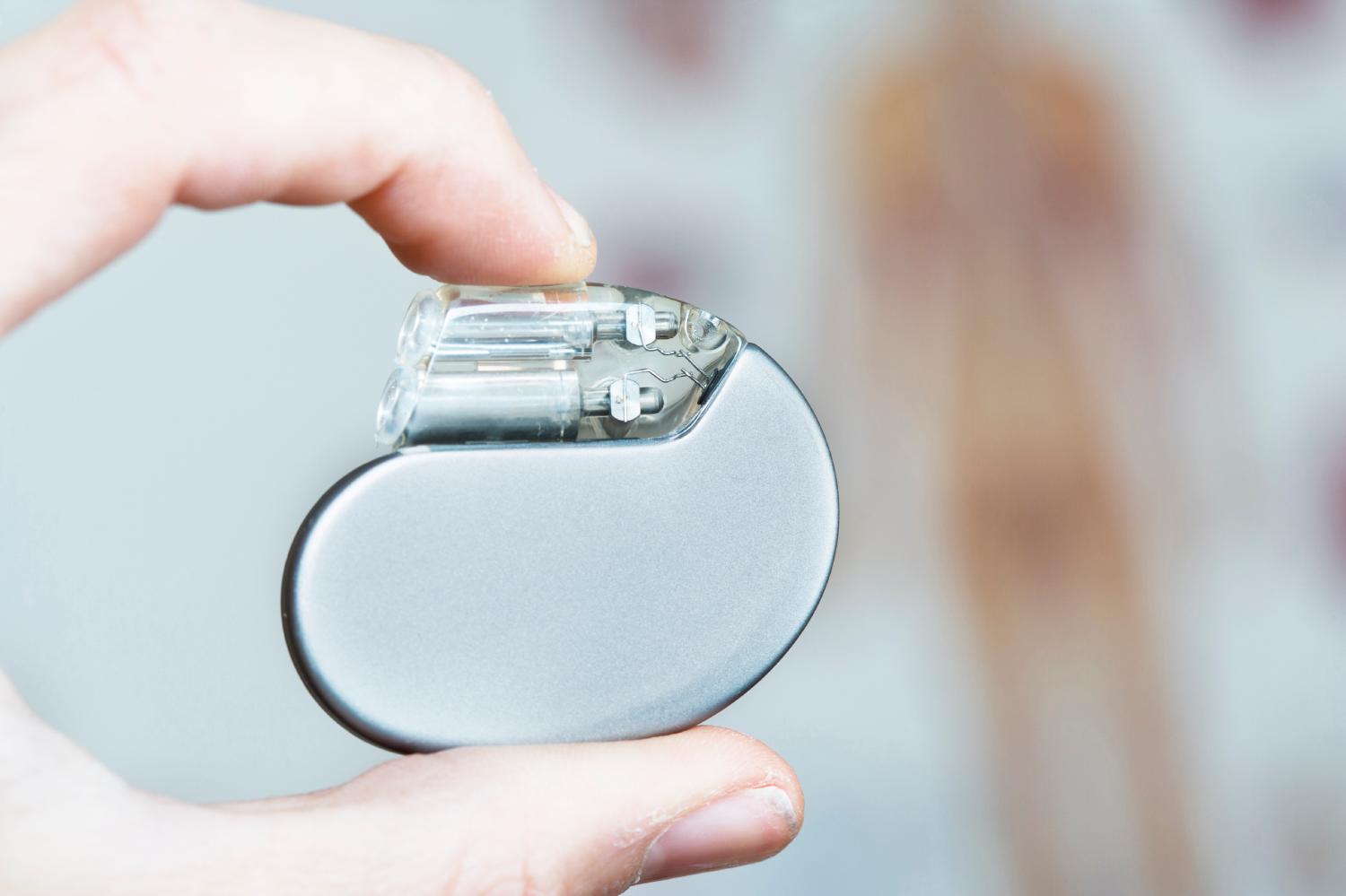The U.S. Food and Drug Administration (FDA) is establishing a national unique device identification system to adequately identify medical devices through their distribution and use. When the system is fully implemented, the label of most devices will include a unique device identifier (UDI) in human- and machine-readable form. Device labelers must also submit certain information about each device to the FDA-administered Global Unique Device Identification Database (GUDID). The database, which will serve as a reference catalog of information about every device with an identifier, will be publicly accessible to allow all stakeholders— provider systems, payers, clinicians, patients, industry, FDA and others— to search, download and use information in the GUDID. The UDI system, which will be phased in over several years, represents a landmark step towards improving patient safety, modernizing device postmarket surveillance, and facilitating device innovation. These promised benefits will only be fully realized with the adoption and integration of UDIs into the health care delivery system.
Adoption and use of UDIs across the health care system by provider systems, patients, payers, HIT developers, and many others can lead to significant improvements in the ability to deliver high-quality, high-value health care to patients. As the standard for communicating specific device information across major health care sectors, UDIs can unlock important information about devices at critical points in the delivery of care and facilitate optimization of device safety and effectiveness. For example, recording UDIs at the point-of-care (POC) in electronic health records (EHRs) and in claims data could significantly enhance the nation’s ability to conduct medical device safety surveillance and manage recalls. Other benefits include: efficient identification and communication of device safety concerns, active learning about the long-term quality and performance of devices, facilitation of premarket device approval/clearance and expanded indications for existing devices, data collection to support better value, increased reimbursement transparency, and more accurate and efficient supply chain processes. These activities are more readily conducted for pharmaceuticals because of the widespread use of National Drug Codes (NDCs) as the standard mechanism for communicating specific pharmaceutical information across the health care system.
The benefits of UDI implementation across the health care system are significant and, while the path to full implementation is complex, there are relatively straightforward steps that can be done now to begin realizing many of them. For example, two high priority steps that can be taken in the near term include enabling providers to scan and record UDIs into EHRs at the POC and motivating patients who receive device implants or use other major devices to demand the UDIs from their providers. A national “Know Your UDI” campaign can be an effective way to increase awareness of the importance of UDIs to patients and consumers.
Additional strategies include integrating UDIs into hospital inventory management and billing systems, and incorporating UDIs into administrative transactions. Further, integrating UDIs into easily accessible patient and consumer tools, such as personal health records (PHR) and mobile applications, would enable patients to receive safety alerts, obtain information about their devices, and potentially communicate patient experiences with devices. These capabilities may be valuable to patients and improve their experience within the health care system.
This roadmap includes examples of health care organizations that have already begun to take many of these steps, highlighting the benefits and costs of UDI adoption and use. For example, case studies by Mercy Health and the California Department of Health Care Services have demonstrated the benefits of unique device identification across health systems and administrative transactions respectively. Learning from their experiences and building on them can provide a framework for better care delivery and medical device interventions.
While UDI capture for the majority of devices, including devices transiently associated with patients (e.g., magnetic resonance imaging machines and infusion pumps), will bring significant value to the health care system and should be a priority, we focus this roadmap on the high-risk implantable devices, a device group of great public health importance and one that can inform the multitude of issues presented. Below is a summary of recommendations discussed in this paper.
Integrate UDIs into Provider Systems
- Providers systems should incorporate UDIs into their electronic health records.
- Adopting automatic identification and data capture (AIDC) technology can facilitate more efficient and accurate UDI capture in clinical settings.
- Provider system executive leadership should sponsor a comprehensive strategy to guide operational and technical implementation of UDIs within their system
- Provider systems should automate important safety reporting with UDIs
- Provider systems should deploy pilot studies to highlight specific use cases and the return on investment for implementing UDIs across the three major data systems (e.g. supply chain, clinical, and revenue management)
- Provider systems should integrate the flow of UDIs across supply chain, clinical, and revenue-cycle management systems to more efficiently realize the benefits of UDIs
- The Office of the National Coordinator (ONC) and the Centers for Medicaid and Medicare Services (CMS) should support the incorporation of UDIs into EHR Certification Criteria and Stage 3 Meaningful Use.
Integrate UDIs into Administrative Transactions
- Include the device identifier portion of the UDI as a situational element at the claim detail level for high-risk, implantable medical devices
- Link medical device registries to claims data integrated with UDIs
- Commission a payer-led pilot project to demonstrate the primary and secondary benefits of UDIs within claims
- Include the DI portion of the UDI in payment and remittance advice
- Pursue the compliance and development of the DI portion of the UDI as a HIPAA code set to replace CPT codes and HCPCS for medical devices
Integrate UDI into Patient-Directed Tools
- Patient advocacy groups, FDA, and other strategic partners should develop awareness among patients to request the UDIs of their medical devices from providers (i.e., “Know Your UDI” campaign); efforts could be led by patient advocacy organizations
- Patient and provider checklists and questionnaires should include the capture of UDIs for high-risk implantable medical devices
- PHR developers should integrate UDIs into PHR implementations
- Consumer medical application developers should work in collaboration with patients, patient advocacy groups, and FDA to integrate UDIs into their web resources and applications
- Patient advocacy groups, the National Library of Medicine (NLM), and the FDA should work in collaboration to develop tools that increase the accessibility and openness of federal databases containing UDIs and medical device information
Click here to download Unique Device Identifiers (UDIs): A Roadmap for Implementation.
The Brookings Institution is committed to quality, independence, and impact.
We are supported by a diverse array of funders. In line with our values and policies, each Brookings publication represents the sole views of its author(s).




